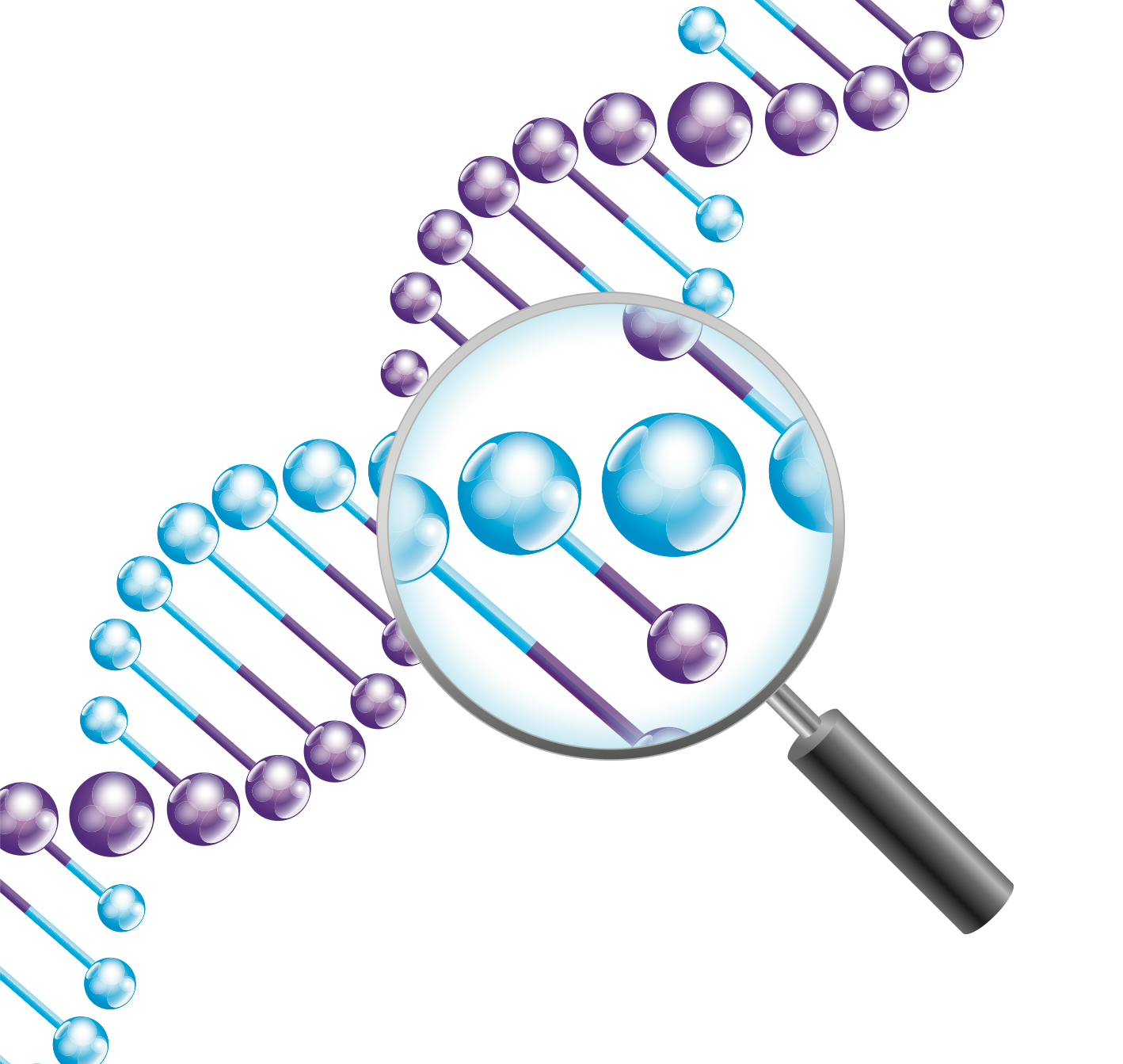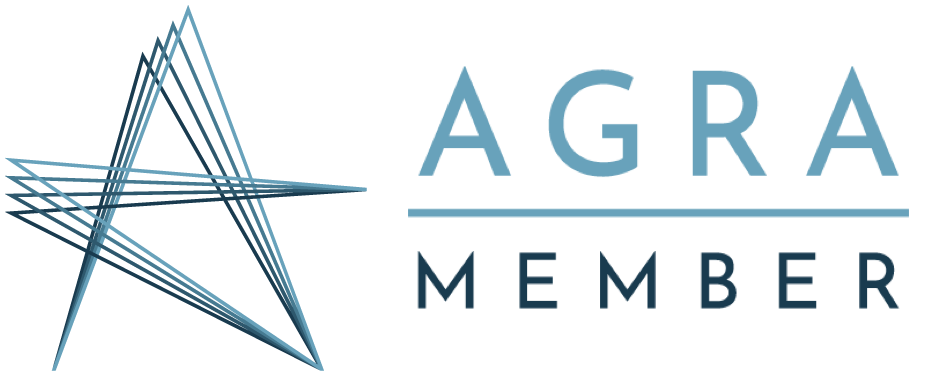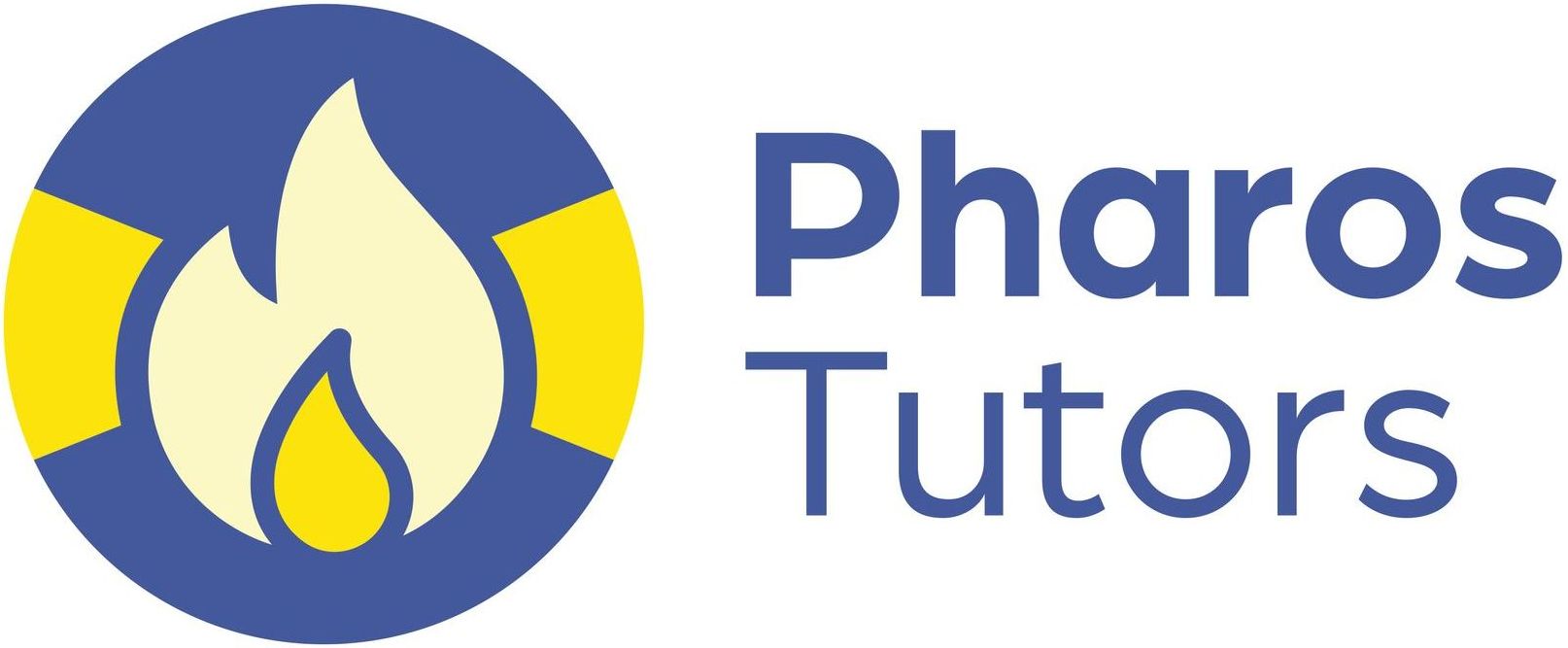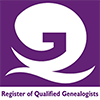Starting Family History: Census Records of England and Wales 1841-1921
Originally posted 26th February 2014 and updated 30th September 2024.
This forms the third part of my beginner’s guides for those just starting out with their family history research in England and Wales. Part 1 looked at the General Register or GRO indexes of birth, marriage and death, Part 2 considered birth, marriage and death certificates in detail.
A census of the population has been taken every ten years since 1801, with the exception of 1941, the most recent having been taken in 2021. The census records are used alongside birth, marriage and death certificates to create the family tree, providing information as to an ancestor’s birthplace, place of residence, an idea of the social conditions in which an ancestor lived and information regarding other family members.
The early censuses contain little information of interest to the family historian, as there was no requirement to record information specific to individuals. Whilst some questions were asked regarding the number of people employed in a particular trade and the age ranges of the household occupants, names of individuals were not, for the main part, recorded.
The 1841 census was the first census to record names of individuals and was also the first census to be administered by the (then recently created) General Register Office. It was not without problems. There were errors caused by householders not understanding what information to include and some young children were omitted. There was significant mistrust as to what the information was to be used for, specifically people feared additional taxation, and some gave false information.
For the 1851 census more information was made available in the period before the census concerning the correct completion of the schedules. However, more questions were asked than for the 1841 census so there were still errors and omissions caused by lack of understanding. In general terms the number of questions asked and level of information collected increased as the census continued. The 1911 census reflected increasing concerns regarding the nation’s health and infant mortality. In addition to the type of information provided by the earlier censuses, the 1911 census also provides information as to the length of time a couple had been married, how many children they had had and how many were still alive. The 1921 census, the most recent census currently available to the public, looked at things slightly differently. No information was included about the length of a marriage and only the number of children under 16 years was collected. Now, though, there was information regarding whether parents were still alive (which can help point to a second marriage). There is also more information about ages in the 1921 census, being recorded in years and months not just years.
The enumerator collected the schedules the morning after census night. If the schedule was incomplete he was supposed to ask additional questions and complete the missing information. There will have been occasions where the enumerator completed the information based on his own knowledge or assumptions and introduced his own errors. If the householder had been unable to complete the schedule e.g. for reasons of illiteracy or illness, the enumerator completed it on their behalf. The information recorded in these cases is therefore written how the enumerator thought a name or place should be spelt. When all the household returns had been collected they were copied by the enumerator into an enumerator schedule or summary book.
The original householder schedules for the 1841-1901 censuses have since been destroyed. All that is available are the pages of the enumerator books that contain copied entries of all the householder schedules in the enumeration district. It is likely that some transcription errors will have been introduced at this stage, some families missed and some even entered twice. The original household schedules are available for the 1911 and 1921 censuses. The original enumerators’ books for the England and Wales 1841-1901 censuses and the original householders’ schedules for the 1911 and 1921 censuses are held by The National Archives. These have been digitised and indexed and are available on websites such as FreeCEN, Ancestry and Find My Past. At the time of writing the 1921 census was only available in Find My Past.
It should be noted that the online indexes contain transcription errors, resulting from the volunteer creating the index misreading the original image. In some cases this is due to the quality of the handwriting, in some the quality of the image used to produce the index. The censuses were not taken solely for the purposes of family history research; as the individual pages were categorised and processed a number of annotations were made and lines were crossed through the text. This can make some images very difficult to read. In other cases the errors may be attributed to the inexperience of the volunteers in reading the style of handwriting typical at the time of the particular census. If a family is not immediately found, it is usually possible to find them using a variety of “lateral thinking” methods as to how their name may have been misspelt on the transcription. Alternatively the census records for the address at which they were last known can be fruitful as can trying the same search on another website.
An important point to note when searching the 1841 census is the instructions regarding ages. Adult ages were supposed to be rounded down to the nearest five years (not all were) with exact ages being recorded for those under 15 years. A wider range of birth years should therefore be employed when searching the 1841 census than the later censuses.
The administration of the censuses was organised by the registration districts and sub-districts defined for the registration of births, marriages and deaths. Each sub-district was further broken down into enumeration districts. When the enumerators books had been completed they were organised into “pieces”. For the 1851-1901 censuses, a piece is a bound volume containing a number of enumerator books. As each enumerator book will have contained the same page numbers e.g. 1-10, the bound volumes were then stamped on the right hand (recto) pages with an individual reference or “folio” number. One folio number refers to the numbered page and its reverse (versa). Each page of the enumerator book thus has a unique reference of the form:
RG9 / 1206 / 85
Call number (applied to the whole census) / piece number / folio number
The dates of the censuses and their associated call numbers are shown in the table below.
| Census | Dept / Series | Date taken |
|---|---|---|
| 1841 Census | HO 107 | 6 June 1841 |
| 1851 Census | HO 107 | 30 March 1851 |
| 1861 Census | RG 9 | 7 April 1861 |
| 1871 Census | RG 10 | 2 April 1871 |
| 1881 Census | RG 11 | 3 April 1881 |
| 1891 Census | RG 12 | 5 April 1891 |
| 1901 Census | RG 13 | 31 March 1901 |
| 1911 Census | RG 14 | 2 April 1911 |
| 1921 Census | RG 15 | 19 June 1921 |
Further reading
- M. Herber, Ancestral Trails, 2nd ed., The History Press, 2008
- J. Cole & J. Titford, Tracing Your Family Tree, Countryside Books, 2003
- P. Christian & D. Annal, Census: The Expert Guide, TNA, 2008
- E. Higgs, Making Sense of the Census Revisited, Institute of Historical Research in association with TNA, 2005
- C. D. Rogers, The Family Tree Detective, 4thed., Manchester University Press, 2008








